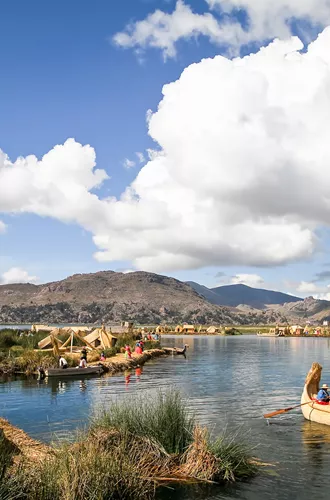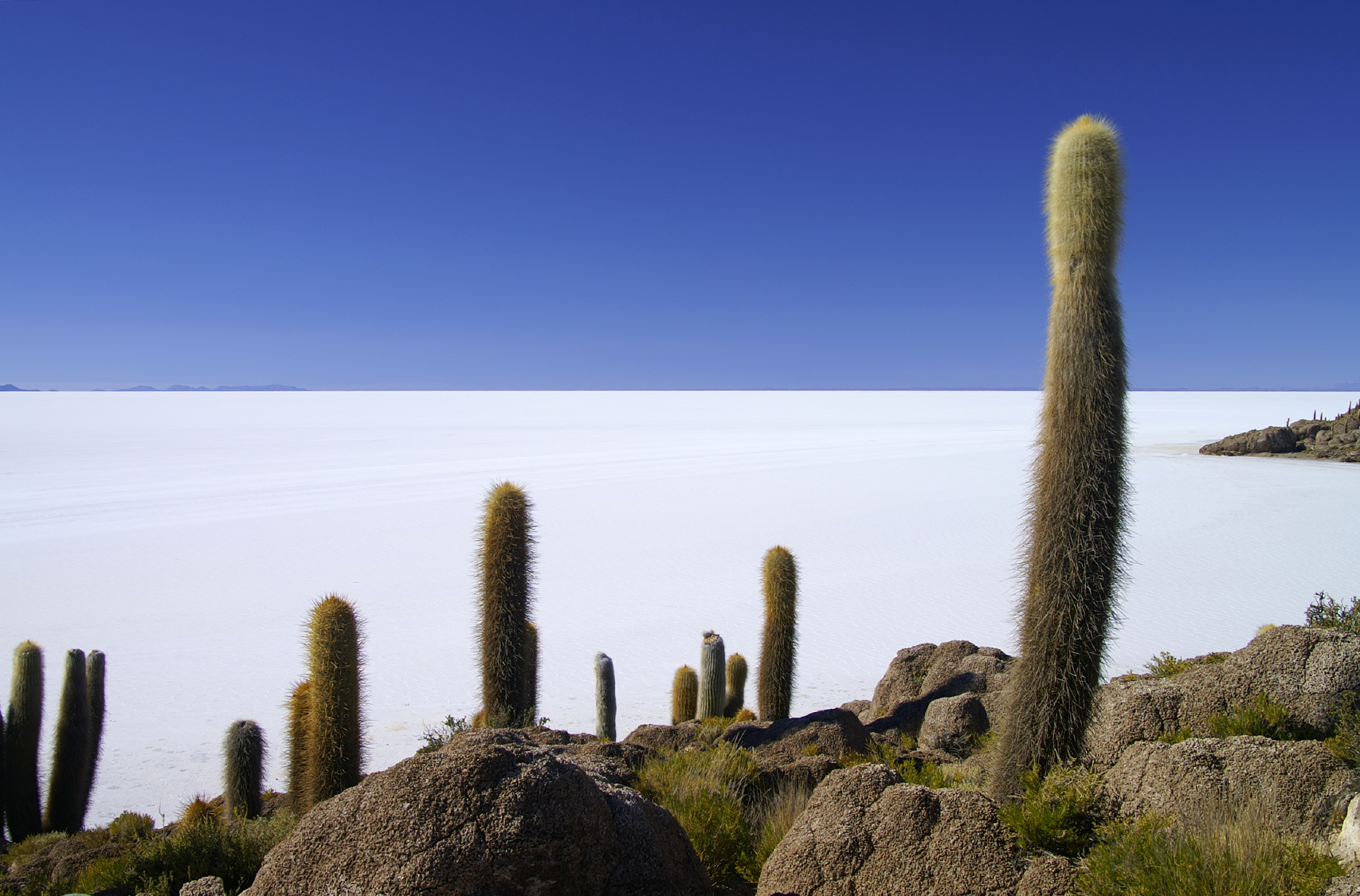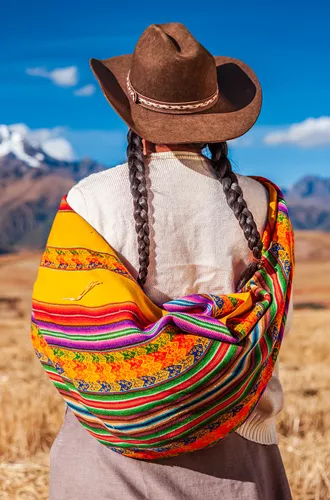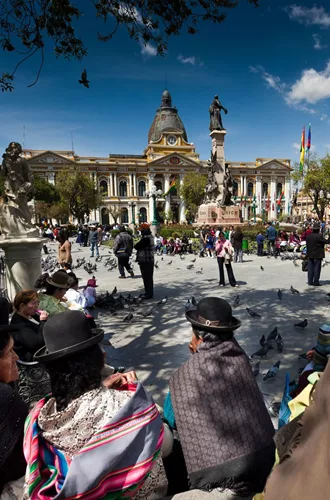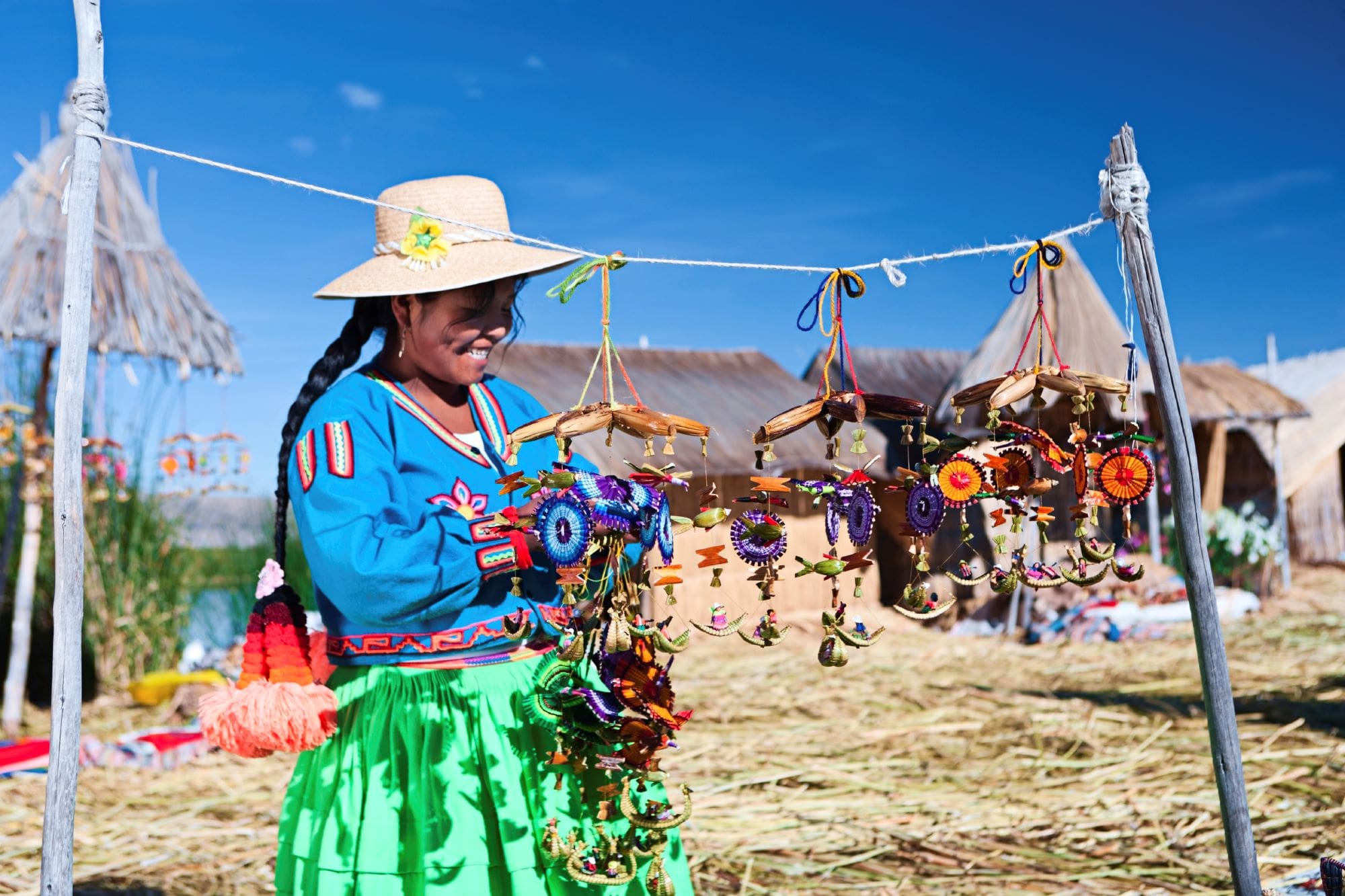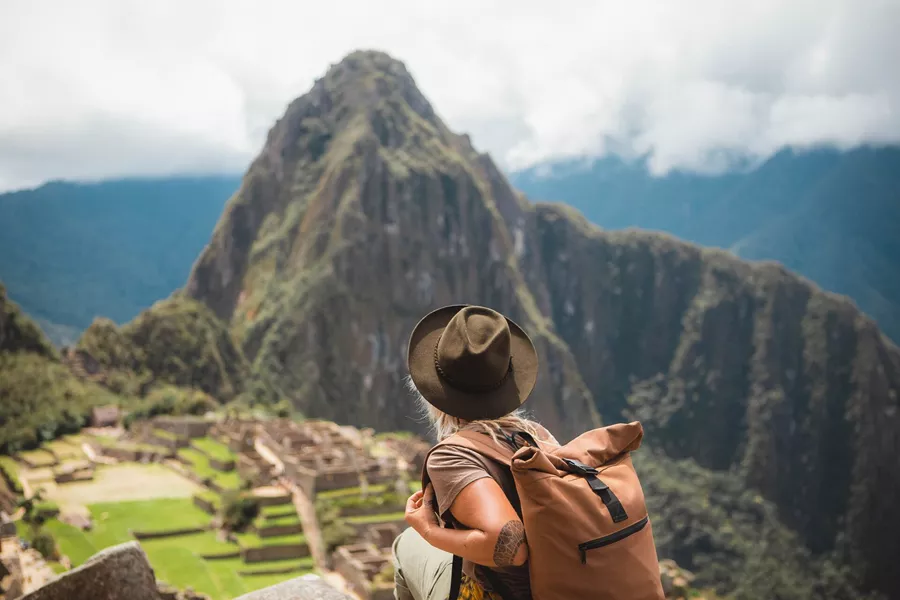Social interaction is governed by norms emphasizing respect and formality and marking age, gender, status, and class differences. Shoppers are expected to be polite and convey deference to shopkeepers by using the adverb "please." The use of formal Spanish pronouns (usted but not tu) is especially important in addressing elders and older relatives, as are honorific titles for men and women (don for men and doña for women). Peasants address members of the urban, Spanish-speaking elite as "gentlemen." Cultural mores dictate that one stand very close to the person with whom one is interacting. Gazing and looking directly in the eye are acceptable. Physical greetings vary greatly. In rural areas, simple, short, firm handshakes are common; a hug (but short of a full bear hug), followed by a short pat on the back, is expected between kin and close friends. In rural settings, public touching, caressing, and kissing among couples are frowned on. Generosity and reciprocity are required in all social interactions, many of which involve the sharing of food and alcoholic beverages.
Covering 12,000 square kilometres in south-west Bolivia, the salt flats of Uyuni are the largest and highest in the world. Vast expanses of white salt crust contrast with bright blue skies, creating a breathtaking landscape.


